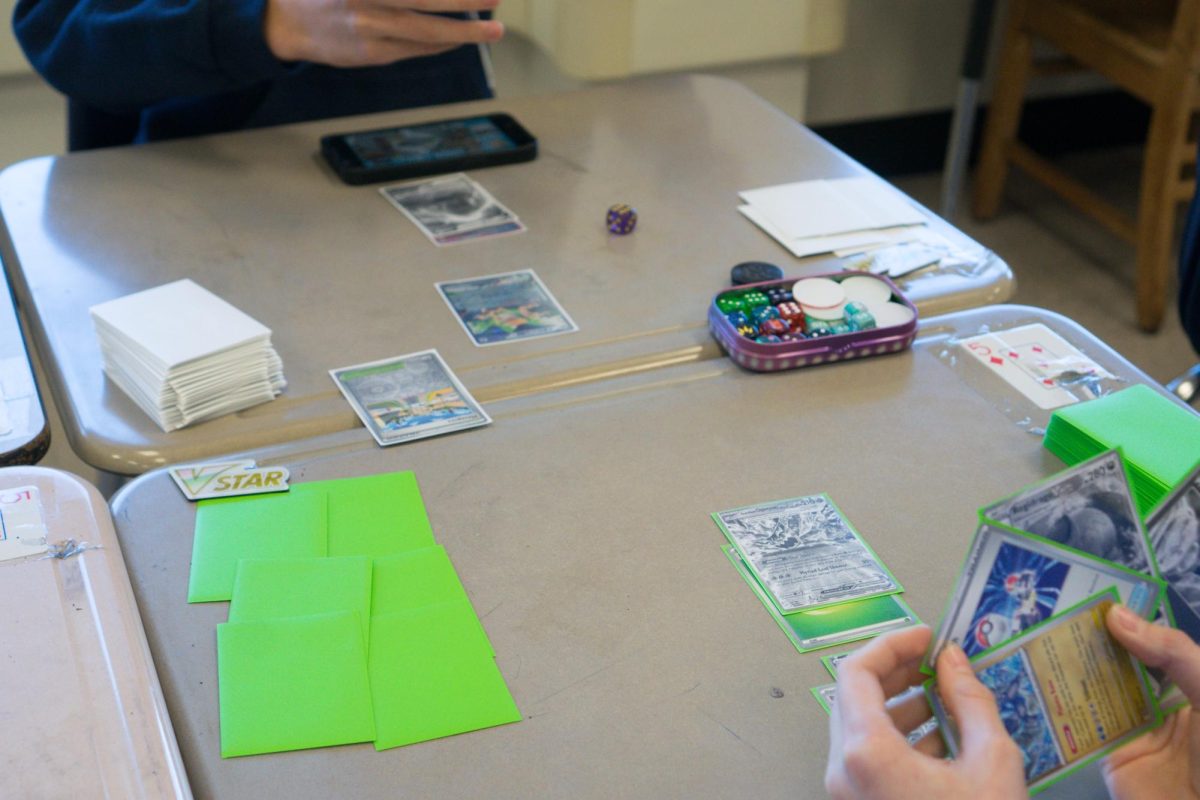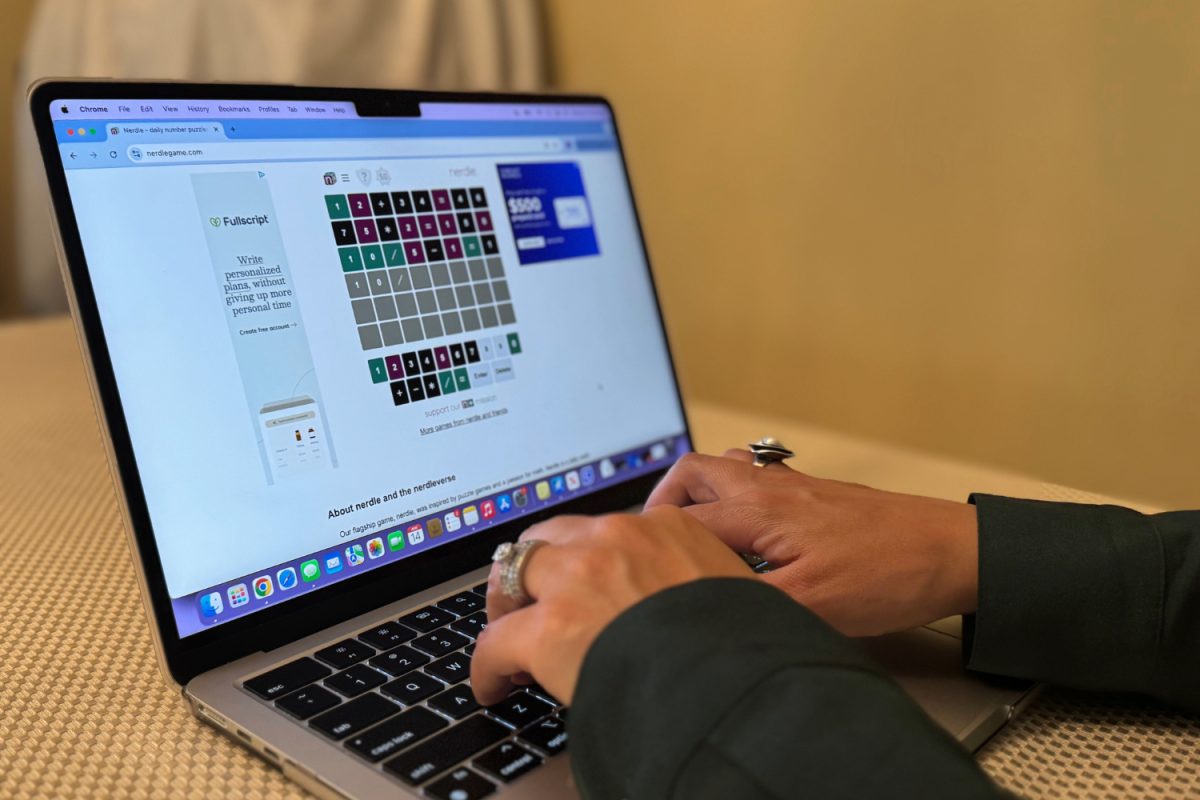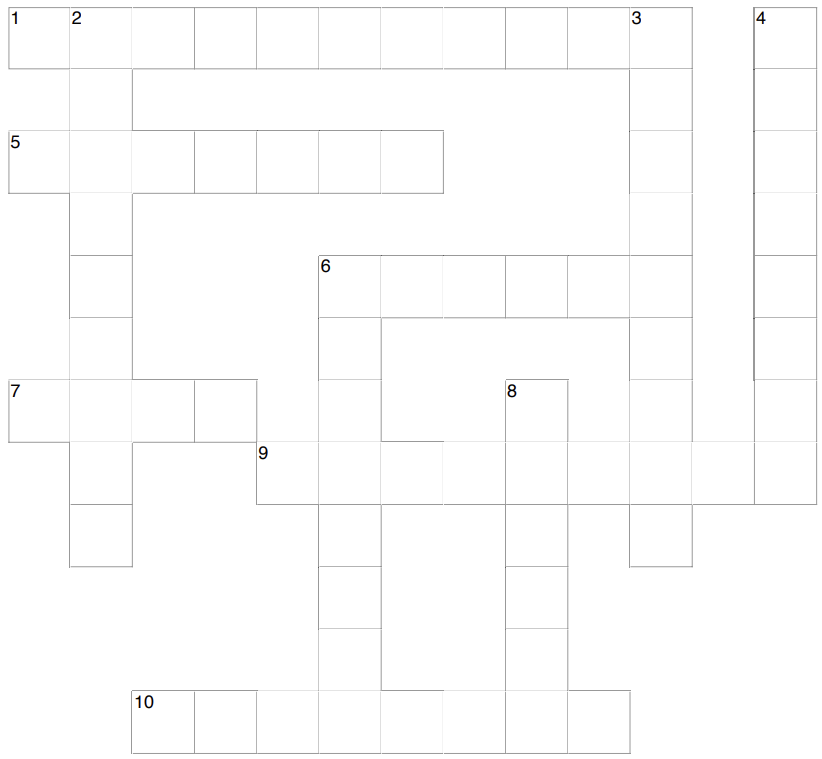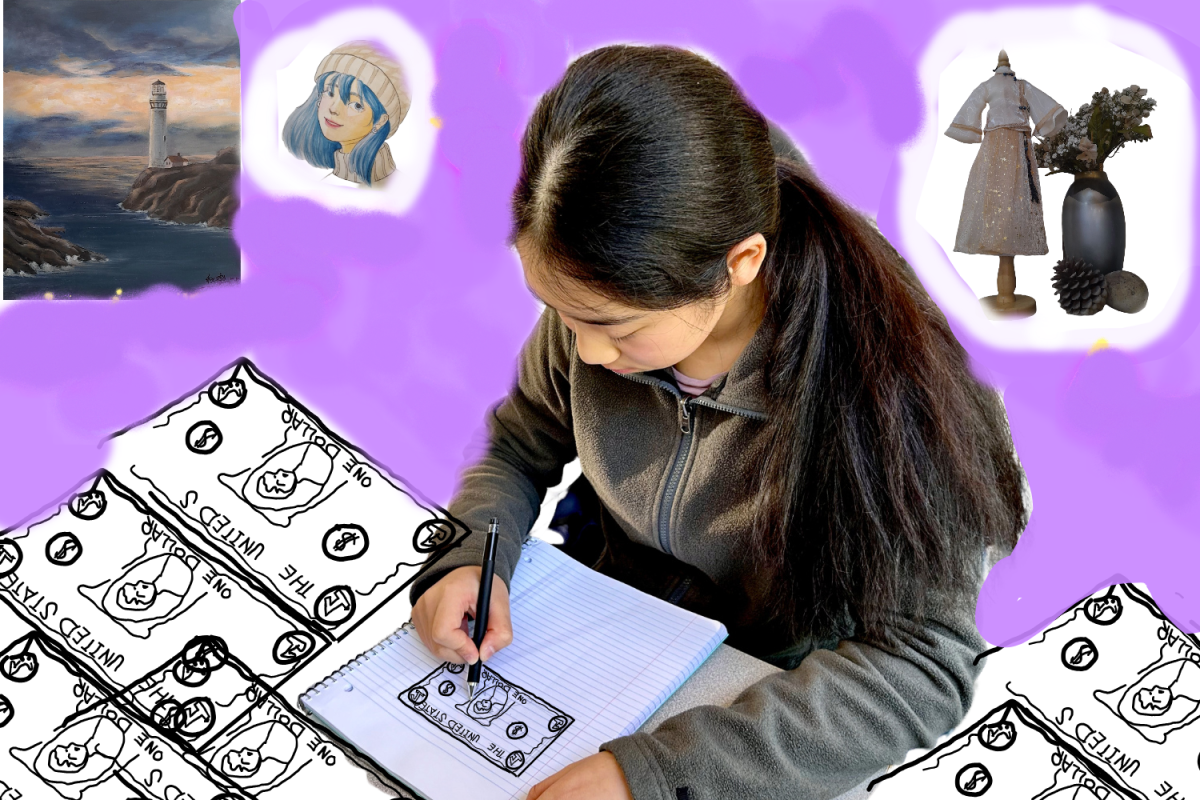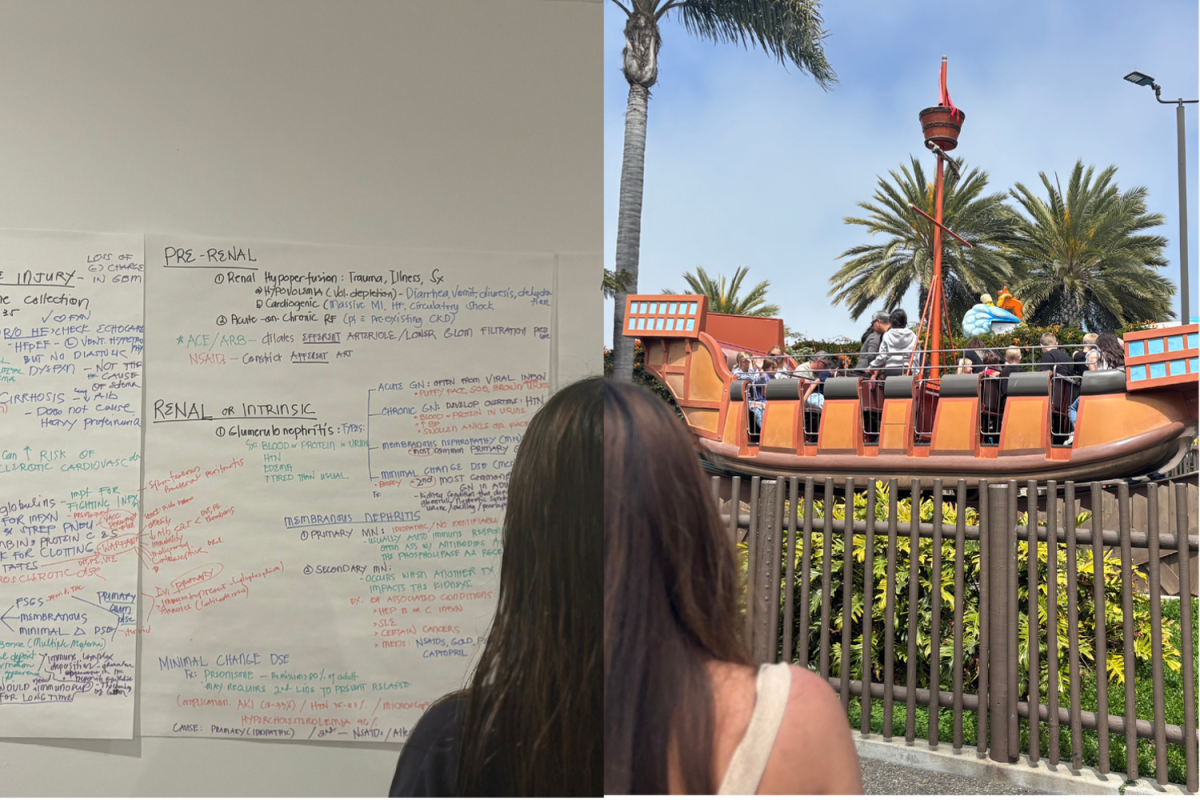Pokémon cards are more popular than ever, with collectors, investors, and casual fans hunting for rare finds. As demand soars, store shelves are left empty, and the trading card frenzy shows no signs of slowing down.
The Pokémon card craze has only intensified after the release of a new series of booster packs, Terastal Festival ex, on Dec. 6, 2024, in Japan. The same booster pack’s English counterpart, Prismatic Evolutions, was released on Jan. 17, 2025.
“In Japan, when the Terastal Festival cards came out, there were no boxes available at retail,” said Ken Kuroda, a Pokémon card collector. “Official shops like the Pokémon Center were limiting sales to two packs per person; if you didn’t buy from the official stores, you could only buy from third-party sellers selling the cards for twice the retail price.”
This surge in popularity reflects a more significant trend. According to Pokeguardian and the official Pokémon website, 11.9 billion Pokémon cards were sold in the 2023/2024 fiscal year, adding to the lifetime total of over 64.8 billion cards sold. It was the most successful year in the last eight years for the Pokémon Trading Card Game (TCG).
In October 1996, Pokémon TCG launched in Japan. It was later introduced to the United States in August 1998 as a demo booster pack. Pokémon cards became even more popular in 2016 with the introduction of the infamous mobile game “Pokémon Go,” but their popularity declined in 2020 following the COVID-19 pandemic.
“I think Pokémon cards became popular in the first place due to social media influencers sharing their collections and purchasing extremely rare cards worth thousands of dollars,” Kuroda said. “This likely caused a spark in the Pokémon collecting craze, and people bought them for nostalgia or profit.”
With the new release of the Prismatic Evolutions booster packs, Pokémon cards have become more popular than ever.
“The new packs most likely cause a big part of the card craze with popular Pokémon being released. The new Prismatic Evolutions pack features Eevee, a very popular Pokémon, with all its evolutions, usually referred to as ‘Eeveelutions,’” Kuroda said.
With the revival in popularity of Pokémon cards, many collectors, or people who are looking to make a profit off of reselling cards, have gone into a craze.
“I saw a video of people at Costco fist-fighting over boxes of Pokémon cards the other day,” said Ethan Yao, a freshman at Carlmont who is a part of the Pokémon club.
The low stock of Pokémon cards has been a recurring issue for many students at Carlmont who enjoy collecting the cards.
“Gator Games is running out of a bunch of stuff,” said Grant Ashcraft, another freshman Pokémon card collector who is part of the Pokémon club. “They’re putting out some older packs, too. Packs like Evolving Skies are going up in price, as well.”
Another factor of Pokémon TCG’s growing popularity is the release of the new mobile game, “Pokémon TCG Pocket (TCGP).”
“Pokémon TCGP is an app where you can open card packs and battle with the cards that you get,” said Ryan Farah, a sophomore at Carlmont who enjoys collecting Pokémon cards. “It’s nice that you don’t need to spend actual money to experience the fun of opening packs, but you lose the ‘collector’ aspect of it because the cards aren’t real.”
To many Pokémon fans, having an extensive and valuable card collection means a lot, and most will go out of their way to pay large amounts of money for cards that they want to add to their collection. Even casual card collectors will look on the market for individual cards, commonly referred to as “singles,” with special illustrations.
“Very rare cards with high popularity and visually appealing are called ‘chase cards.’ I purchased a few packs after my friend introduced me to buying and selling cards,” Kuroda said. “The excitement of hitting a chase card had me hooked, and I often collect the cards I like and sell or trade the rest.”
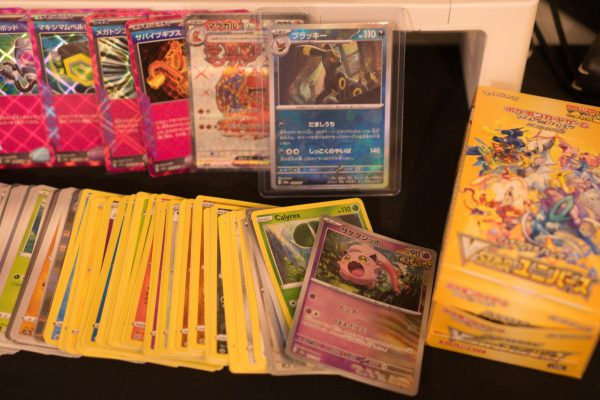
The Pokémon card market constantly fluctuates and changes in accordance with supply and demand. The value of one card could be extremely low one day and shoot up the next.
“Trends show that most cards’ values decrease significantly after one to three months due to the Pokémon Company releasing reprints of high-demand cards time after time,” Kuroda said.
For new collectors, the concept of the Pokémon card market can be daunting; however, understanding rarity levels and market trends can make all the difference.
“The most important thing to do as a new collector is to do your research and not buy overpriced and counterfeit cards,” Kuroda said. “It’s also important to have a budget and keep track of how much you’re spending. It’s important to be aware and ask yourself: ‘Do I really want this card, or do I just want it because everybody else wants it?’”
Avoiding counterfeit cards can be tricky, but sticking to reputable sellers can help a great deal.
“TCG Player is a good place to get cards online; it’s usually where I get mine,” Ashcraft said. “Amazon is also good, but you need to make sure that the cards aren’t fake. I’ve never bought a fake pack from Amazon, but buying singles on Amazon is risky.”
The best way to start collecting, according to Farah, is to just start buying packs.
“The easiest way to get into collecting is just to start buying packs,” Farah said. “If you don’t want to spend money, you could also just download TCGP and see if you enjoy pulling cards from packs digitally.”
While knowing where to buy cards and how to start collecting is helpful, the most important thing is to enjoy the process.
“Aside from scams and knowing how the card market works, the most important thing is to enjoy collecting,” Kuroda said.

